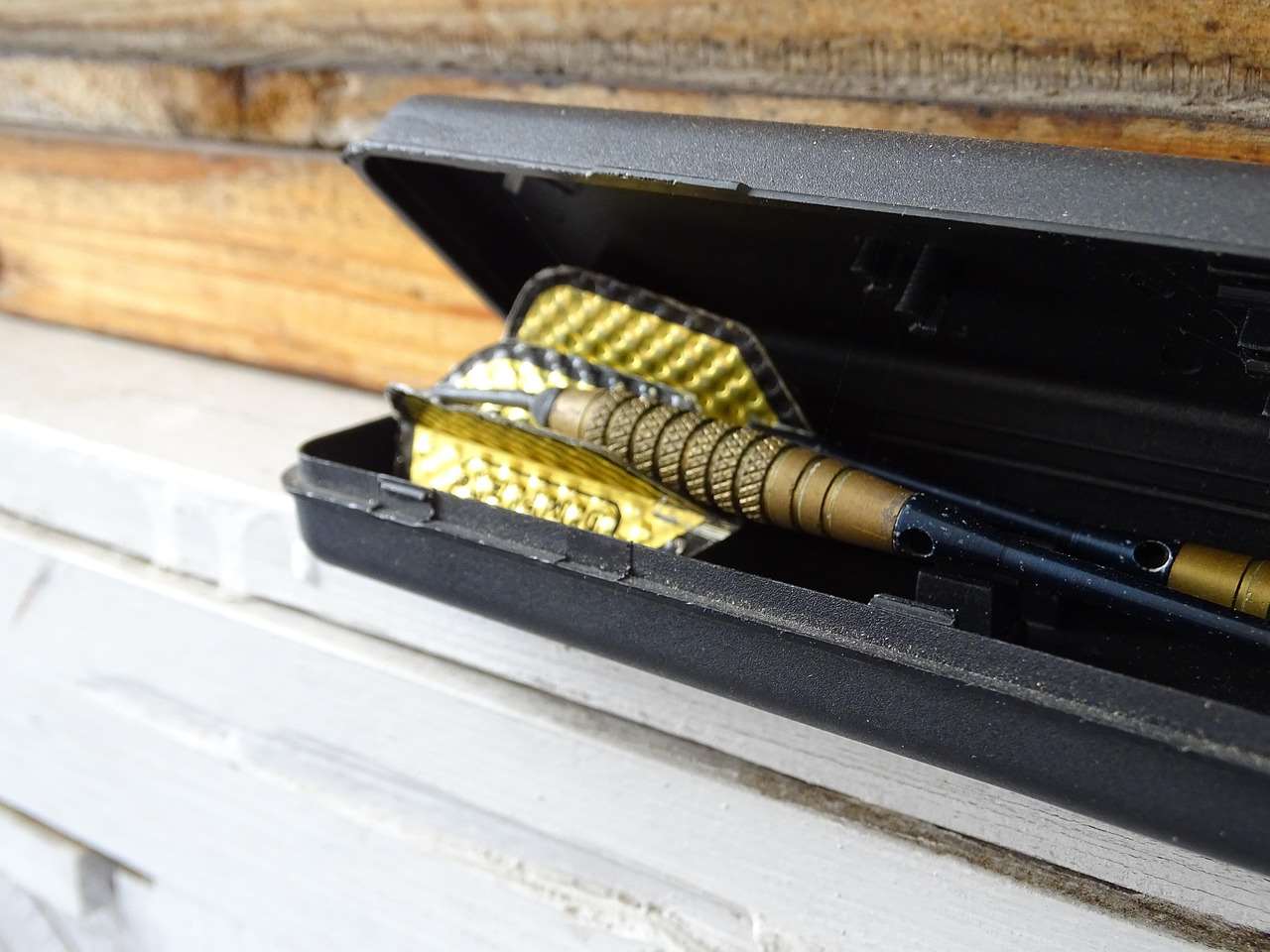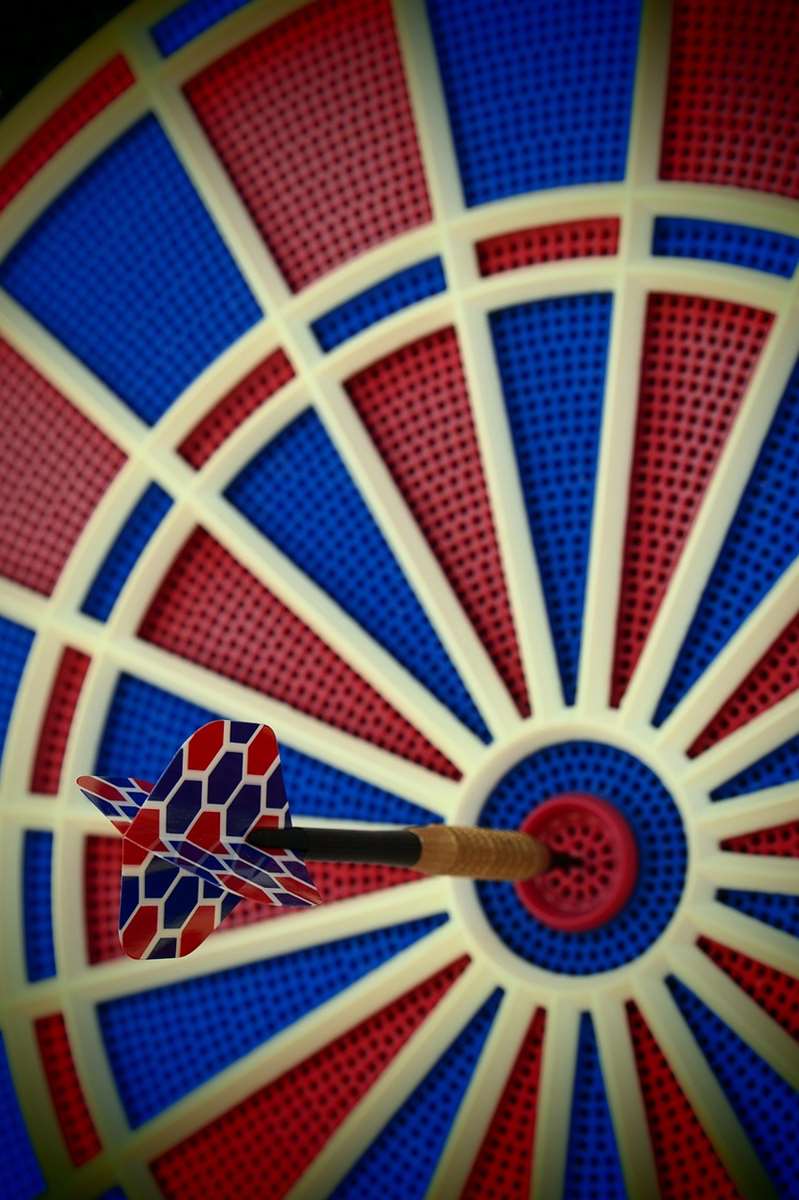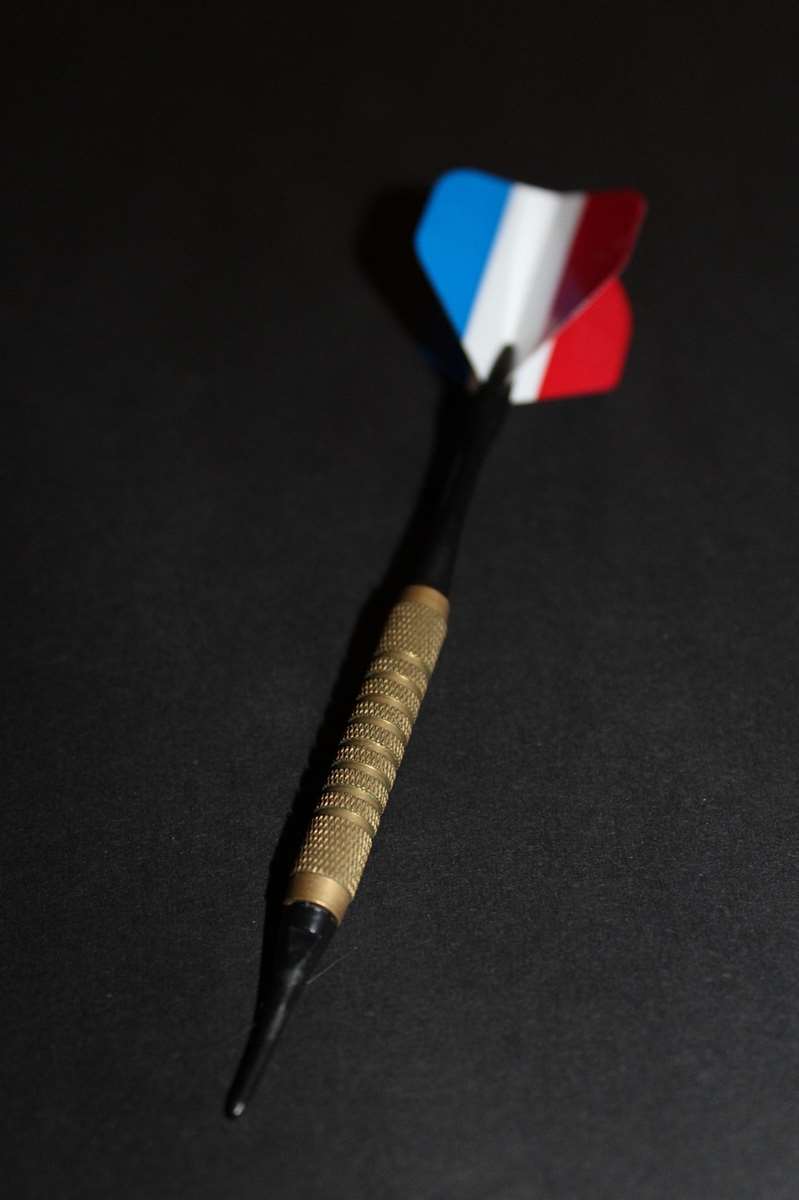A darts leg handicap is a crucial element in ensuring fair and engaging competition, especially when players of varying skill levels compete. It levels the playing field, allowing less experienced players a fighting chance against more proficient opponents. This article will delve into the intricacies of calculating and applying a darts leg handicap, exploring different methods and providing practical advice to enhance your game.
⚠️ Still Using Pen & Paper (or a Chalkboard)?! ⚠️
Step into the future! The Dart Counter App handles all the scoring, suggests checkouts, and tracks your stats automatically. It's easier than you think!
Try the Smart Dart Counter App FREE!Ready for an upgrade? Click above!
Understanding and effectively implementing a darts leg handicap can significantly improve the enjoyment and competitiveness of your dart games. Whether you’re organizing a casual game with friends or participating in a tournament, the right handicap can transform a one-sided match into a thrilling contest. We’ll cover various handicap systems, how to calculate them effectively, and even strategies for overcoming a handicap. We’ll also touch on the importance of fair play and sportsmanship in the context of handicap matches.
Understanding Darts Leg Handicap Systems
Several methods exist for calculating a darts leg handicap. The most common approach involves adjusting the target score for the less skilled player. For instance, in a standard 501 game, a player might start with a higher score (e.g., 551) to compensate for their lower skill level. This gives them a numerical advantage, making the game more competitive.
Another method focuses on points-per-leg. A higher handicap might be assigned in terms of points earned per leg, making it easier to reach the target score. This is often seen in leagues or tournaments where players are ranked based on their performance. Careful consideration of the players’ skill differences is paramount. A well-calculated darts leg handicap should challenge the stronger player while still providing the weaker player with a reasonable opportunity to win. Incorrectly implemented handicaps can lead to frustration and an unbalanced playing experience. Finding the right balance is key. You might also want to consider using a darts counter app camera to ensure accurate scoring when employing a leg handicap system.

Calculating the Darts Leg Handicap
There’s no one-size-fits-all answer to calculating a darts leg handicap. The most effective method depends heavily on the players involved and the context of the game. One popular approach involves assessing the players’ average scores over several games. The difference between these averages can then be used to determine a suitable handicap. For example, if Player A averages 150 and Player B averages 100, a handicap of 50 points per leg might be appropriate for Player B.
However, simply looking at averages isn’t always sufficient. Consider the consistency of each player. A player with a lower average but consistently high finishes might need a smaller handicap than a player with a slightly higher average but inconsistent performance. It’s vital to take into account the overall darting skill and experience level. Sometimes, qualitative observation during games can be more valuable than purely numerical assessments.
Factors to Consider When Applying a Darts Leg Handicap
Several factors influence the appropriate darts leg handicap. The skill difference between players is the most crucial, but game format, the number of players, and even the players’ preferences should be taken into consideration. A 501 game requires a different handicap approach compared to a Cricket game, for instance.
Similarly, a handicap suitable for a one-on-one match might be unsuitable for a team game. Furthermore, openly discussing the handicap with the players involved ensures fairness and promotes understanding and acceptance of the adjustments. Transparency creates a positive and inclusive playing environment. This also allows for flexibility in adapting the handicap if needed during the game itself.

Adapting the Handicap During the Game
Sometimes, the initial darts leg handicap may need adjusting mid-game. If one player is consistently outperforming the other, even with the handicap, a slight modification might be necessary to maintain competitive balance. Conversely, if the handicap is proving too significant, a reduction may be required to prevent the game from becoming uninteresting. The goal is to maintain excitement and competitive balance throughout the match.
The key is to maintain flexibility. Rigidity in adhering to a pre-determined handicap can hinder the fun. The purpose of the handicap is to create an enjoyable experience for everyone, so adapt as the game progresses. Remember that it’s about fostering a fun and competitive atmosphere for all players. Don’t hesitate to communicate openly with players to address any concerns or adjust the handicap.
Beyond the Numbers: Sportsmanship and Fair Play
While the numerical aspect of a darts leg handicap is vital, sportsmanship and fair play are equally important. Even with a handicap, players should strive to play to their best ability. Cheating or showing disrespect undermines the spirit of competition. This also applies to accepting the handicap gracefully.
A positive attitude and respectful behavior should always be prioritized. Remember, the objective is to have fun and enjoy the game. Consider offering some encouragement to the less experienced player. A little support can go a long way in creating a more enjoyable experience for everyone involved. This also helps build camaraderie amongst players.

Alternative Handicap Methods
While point adjustments are common, consider alternative handicap methods. For example, you could restrict the more skilled player to specific throwing areas on the board. This might mean restricting them to the outer ring for a certain number of throws or preventing them from throwing at the bullseye entirely for a few turns. Creativity in designing the handicap can lead to more engaging gameplay.
Another less conventional approach might involve varying the game’s rules slightly to accommodate skill differences. Perhaps a shorter leg length or a different scoring target could be implemented. Remember that the goal is to make the game fair and fun for everyone involved, not to create a complex system that detracts from the enjoyment of the game. Use your imagination to find a solution that works for the specific players and situation.
Choosing the Right Handicap for Different Skill Levels
The optimal darts leg handicap varies drastically depending on the skill disparity between players. For beginners playing against seasoned veterans, a substantial handicap may be necessary. For instance, if a beginner averages 50 and an expert averages 150, a 100-point start might be appropriate. However, for players with more similar skill levels, a smaller adjustment might suffice. Perhaps only a 20-point difference would be enough to keep the game competitive.
It’s essential to find a balance. The handicap should offer the weaker player a genuine chance of winning without making the game too easy. This means regular review and adjustment as players improve and skill levels evolve. The handicap should be dynamic, evolving along with player progress to maintain excitement and prevent games from becoming predictable or unchallenging.

Improving Your Game Regardless of Handicap
Whether you’re using a darts leg handicap or not, consistent practice is paramount to improvement. Regular sessions focusing on different aspects of the game – such as accuracy, consistency, and finishing – are vital to progress. Even small improvements over time can lead to significant changes in your overall score. Don’t underestimate the value of consistent practice and focus on improving your technique.
Consider resources available to enhance your skills. There are many Practice darts app with scoring that help track your progress and identify areas needing improvement. Also, watching professional players and analyzing their techniques can provide valuable insights. Finally, joining a local dart league provides opportunities to play against various opponents, enhancing your game experience and learning opportunities.
Using Darts Leg Handicap Effectively in Leagues and Tournaments
In organized leagues and tournaments, a fair and consistent darts leg handicap system is even more critical. This ensures that players of different skill levels can compete fairly and maintain engagement. Clear rules and guidelines should be established, and the system should be consistently applied throughout the competition. Transparent and well-defined handicapping rules prevent disputes and promotes fair play.
Many leagues use a point-based system where players earn points based on their performance. These points are then used to calculate a handicap. This method ensures fair competition between players with varying skill levels. The point system also facilitates easier adjustments and updates based on player performance. It is usually reviewed and adjusted periodically to reflect changes in player skill levels. The goal is to create an equitable competitive field for all participants.

Conclusion
Implementing a darts leg handicap effectively requires a balanced approach. It’s about fairness, sportsmanship, and, above all, making the game enjoyable for everyone involved. By carefully considering the players’ skills, choosing an appropriate system, and adapting the handicap as needed, you can create a level playing field that encourages competition and enhances the enjoyment of the game. Remember, a well-implemented handicap fosters a more inclusive and enjoyable darting experience for everyone. So, grab your darts, find your opponents, and start playing! Need some practice? Try using our darts counter app camera to track your progress and find out how to improve your average score. Don’t forget to check out beginner darts if you’re new to the game. Darts game number is essential for properly applying the handicap and ensuring a smooth game. Also, take a look at our darts score live for more insights into how to optimize scoring and handicaps. And if you are a skilled player, make sure to check our page on maximum darts player to learn how to elevate your game even more!
Hi, I’m Dieter, and I created Dartcounter (Dartcounterapp.com). My motivation wasn’t being a darts expert – quite the opposite! When I first started playing, I loved the game but found keeping accurate scores and tracking stats difficult and distracting.
I figured I couldn’t be the only one struggling with this. So, I decided to build a solution: an easy-to-use application that everyone, no matter their experience level, could use to manage scoring effortlessly.
My goal for Dartcounter was simple: let the app handle the numbers – the scoring, the averages, the stats, even checkout suggestions – so players could focus purely on their throw and enjoying the game. It began as a way to solve my own beginner’s problem, and I’m thrilled it has grown into a helpful tool for the wider darts community.